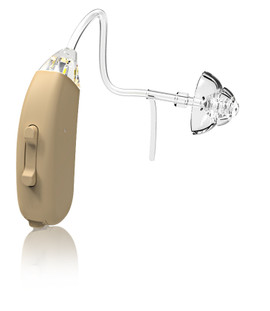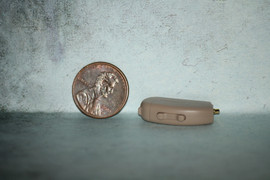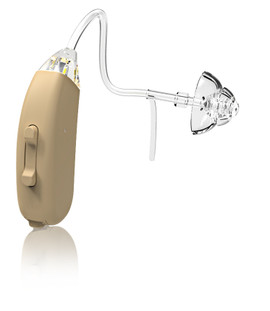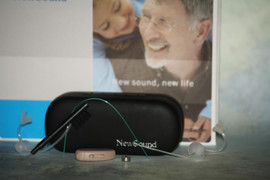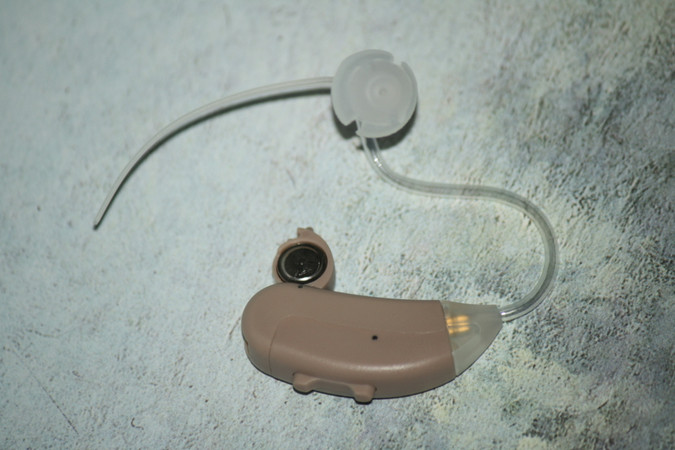Troubleshooting Common Problems with Your Behind-the-Ear Hearing Aid
Posted by DR Paul on Aug 04, 2023
Hearing aids are incredible tools that help millions of people everyday better interact with the world around them. Choosing the right device is critical but just as important is knowing how to maintain it and troubleshoot any problems that may arise. While hearing aids are generally dependable, they may occasionally encounter issues that are simple to fix or require a professional's assistance. In this blog post, we will discuss common issues with behind-the-ear hearing aids and how to resolve them.
Issue #1: Weak or no sound from the hearing aid
If you're not hearing any sound or it's significantly reduced, it could be that the hearing aid's volume is too low. You may have accidentally muted or turned down your hearing aid volume. In this case, you can quickly raise the volume by increasing the setting on your hearing aids using the buttons or app on your phone. On the other hand, weak sound could be due to a dead battery, a clogged microphone or speaker earpiece. Try interchanging the batteries or cleaning the microphone or earpiece.
Issue #2: Whistling or feedback in hearing aid
Whistling is typically caused by a too-loose or improperly fitted earpiece. Check the placing of the earpiece to ensure a snug fit. If the fit is suitable, there maybe excessive wax buildup on the earpiece or microphone. Use the cleaning tool that came with your device or purchase one from your audiologist's office to gently clean the parts. If the feedback persists, the hearing aid could be malfunctioning. In that case, speak to your audiologist.
Issue #3: Difficulty hearing in noisy environments
Hearing aids users, especially those with behind-the-ear devices, may experience difficulty hearing in noisy places – particularly at a public event or speech. In these cases, the microphone in your hearing aid is likely picking up background noise as well as the people you're trying to listen to. Some devices come with a background noise reduction feature or directional microphone; see your hearing aids manual or consult with your audiologist if your device has one.
Issue #4: My hearing aid isn't working at all
If your device is not working at all, it may be something simple like an expired battery. Changing the battery will quickly fix the issue. If the battery does not solve the problem, test to see if it is a result of your hearing aid's settings. Check if your device is properly turned on. Should none of these solutions work, the device may be damaged or need a firmware update. In this case, speaking to your audiologist is strongly recommended.
Issue #5: Discomfort or pain when wearing behind-the-ear hearing aids
There are a few reasons for this common issue. First and foremost, a poorly fitting earpiece could be the reason. Visit your audiologist to get a proper fitting of your earpiece. You might have also inserted the earpiece at the wrong angle. Make sure that the earpiece is slightly tilted. Lastly, in rare cases, certain styles of behind-the-ear hearing aids may not be an ideal fit for your ear.
Conclusion:
Maintaining your hearing aid requires daily upkeep. But keep in mind that hearing aids, like all electrical devices, are not immune to malfunctions or damages over time. In the case of troubles with your behind-the-ear hearing apparatus, first check and see if the issue is simple and easily fixable. Remember to consult with your audiologist on further troubleshooting and repairs. The most essential point is to never hesitate to seek professional medical attention if necessary. With your help, you can sustain proper functioning of your hearing aid for years to come.

